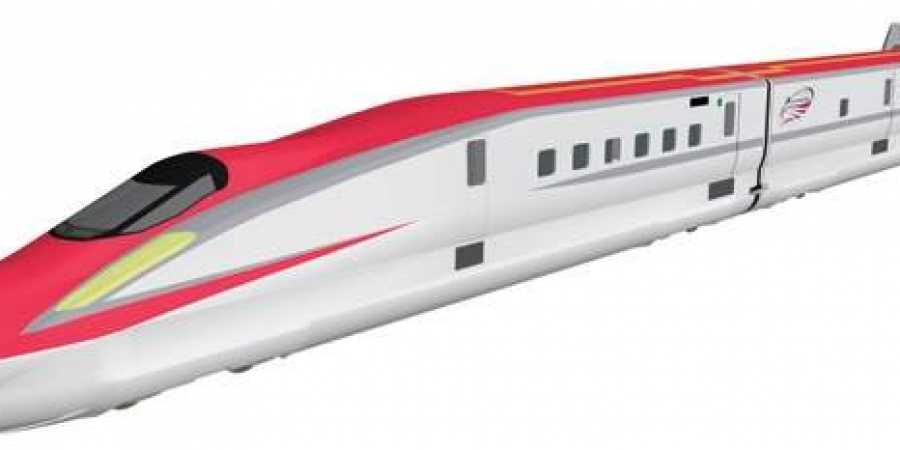These students devote three-four hours every day after college and now their work has come to fruition as they have raised `1 crore from sponsors and finally built a pod and a 40-metre test track.
Bengaluru :
At an event hosted by Atria Institute of Technology on Tuesday, aerospace engineering student from IIT Madras, Sai Madhav, presented his team’s prototype pod for the SpaceX Hyperloop Pod competition to his audience.
Avikshar Hyperloop is one of the 22 teams out of the 1,600 teams worldwide and also the only team from Asia that has qualified to the finals. It is a group of about 30 students from inter-disciplinary backgrounds who have been working on creating their own pod since September 2017. These students devote three-four hours every day after college and now their work has come to fruition as they have raised `1 crore from sponsors and finally built a pod and a 40-metre test track.
SAE India, a member-driven organisation which acts as a knowledge partner for students and faculty in automotive and aerospace engineering, hosted its second event in its lecture series that deals with aerospace engineering. It also functions as a think-tank and a policy maker. The second lecture was specifically about the Hyperloop, an almost too-good-to-be-true transportation service proposed by Elon Musk, CEO of SpaceX and Tesla. The Hyperloop, if installed, seeks to reduce travel time drastically. It is supposed to be a land-based transportation service where pods, that house passengers, can levitate and zoom through tunnels by having the air pumped out of them in order to create a near-perfect vacuum for greater speed. It boasts of a travel time of just 30 minutes from Bengaluru to Chennai.
Being the main speaker at the event, Madhav’s presentation and video of the only Indian team to qualify for this competition impressed a mixture of faculty, students and heads of the SAE group. He also talked about how the plan for building their pod looked solid on paper but when it came to the actuality of making it, they faced a lot of discrepancies. Being in the stability team, he deals with a lot of mechanical aspects of the pod. During the question-and-answer session, the question of the safety of the passengers was raised as the Hyperloop project has bragged about reaching speeds up to 500-600 km/hour. “Yes, passengers will feel major deceleration effects. All this is new and I can only hope that newer research yields positive results,” he said. J Munirathnam, who is on the Board of SAE India for aerospace, also said the project will have to be built after taking into consideration the degree of g-force that the human body can withstand.
“This is completely new. We have the freedom to explore it. If you look at building a car, parameters have already been established for it. That is not the case here,” Madhav said.
The hype about hyperloop
The Hyperloop, if installed, seeks to reduce travel time drastically. It is supposed to be a land-based transportation service where pods, that house passengers, can levitate and zoom through tunnels by having the air pumped out of them in order to create a near-perfect vacuum for greater speed.
source: http://www.newindianexpress.com / The New Indian Express / Home> Cities> Bengaluru / by Chinmay Manoj / Express News Service / July 11th, 2019
